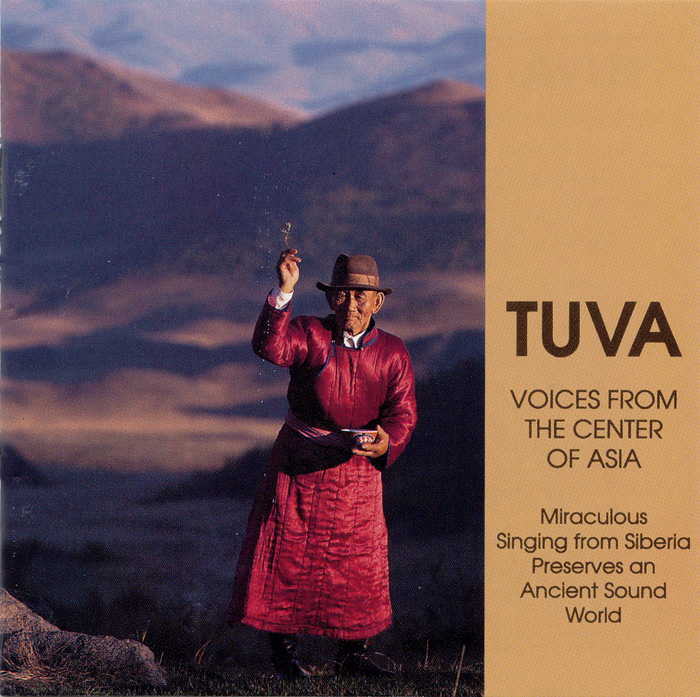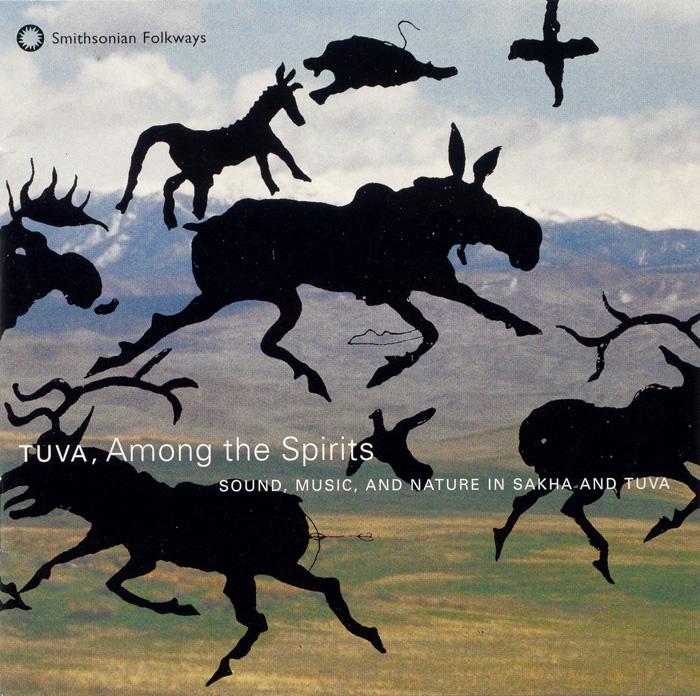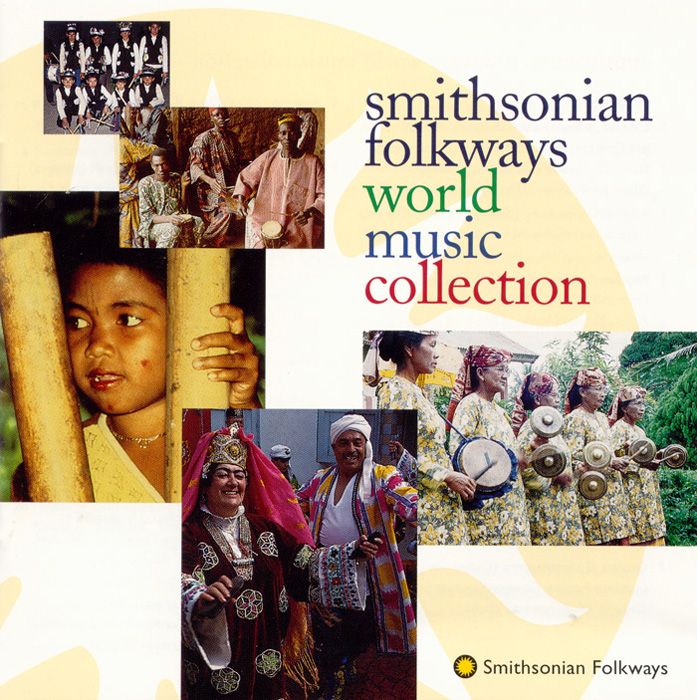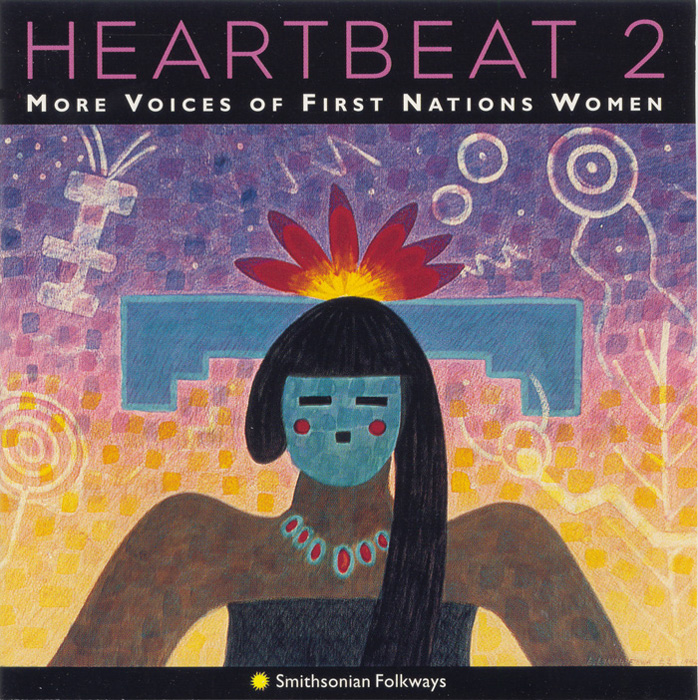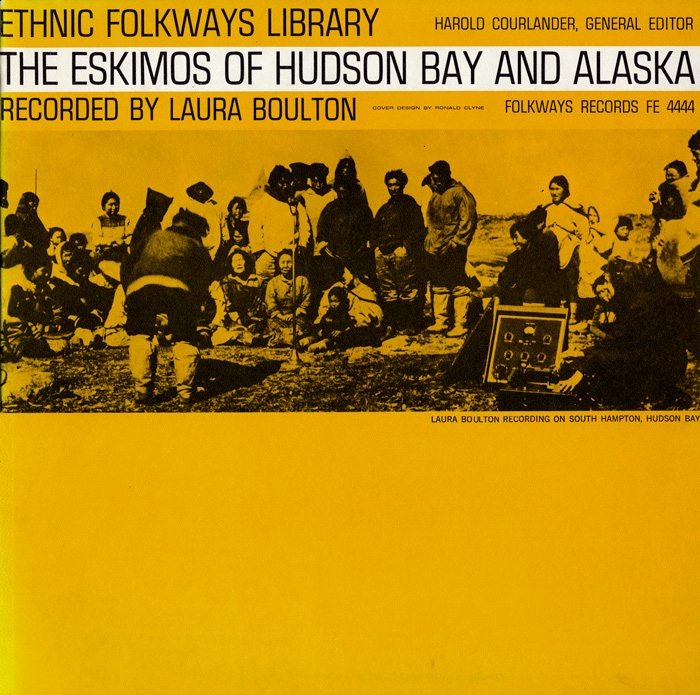Throat Singing
Throat-singing, a guttural style of singing or chanting, is one of the world's oldest forms of music. For those who think the human voice can produce only one note at a time, the resonant harmonies of throat-singing are surprising. In throat-singing, a singer can produce two or more notes simultaneously through specialized vocalization technique taking advantage of the throat's resonance characteristics. By precise movements of the lips, tongue, jaw, velum, and larynx, throat-singers produce unique harmonies using only their bodies. Throat-singing is most identified with parts of Central Asia, but it is also practiced in northern Canada and South Africa where the technique takes on different styles and meanings.
Tuva
Tuva is a predominantly rural region of Russia located northwest of Mongolia. There, throat-singing is called Khöömei. Singers use a form of circular breathing which allows them to sustain multiple notes for long periods of time. Young Tuvan singers are trained from childhood through a sort of apprentice system to use the folds of the throat as reverberation chambers. Throat-singing in Tuva is almost exclusively practiced by men, although the taboo against women throat-singers, based on the belief that such singing may cause infertility, is gradually being abandoned, and some girls are now learning and performing Khöömei. The Tuvan herder/hunter lifestyle, with its reliance on the natural world and deeply-felt connection to the landscape, is reflected in this Tuvan vocal tradition. With their throat-singing, Tuvans imitate sounds of the natural surroundings—animals, mountains, streams, and the harsh winds of the steppe. Throat-singing was once only a folk tradition, practiced in the windy steppe, but it is now embraced as an emblem of Tuvan identity and more often performed by professionals in formal settings.
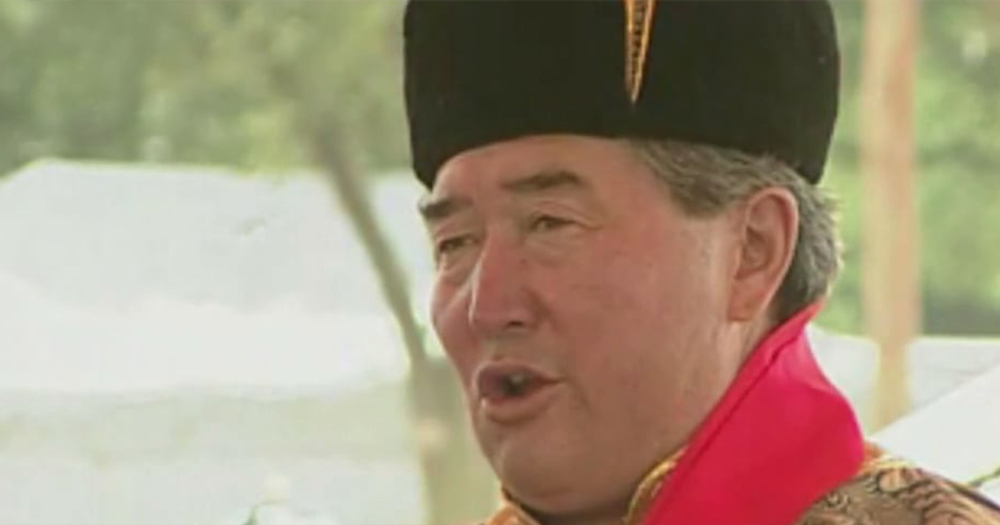
Video: N. Sengedorj of Mongolia demonstrates Khöömei throat-singing.
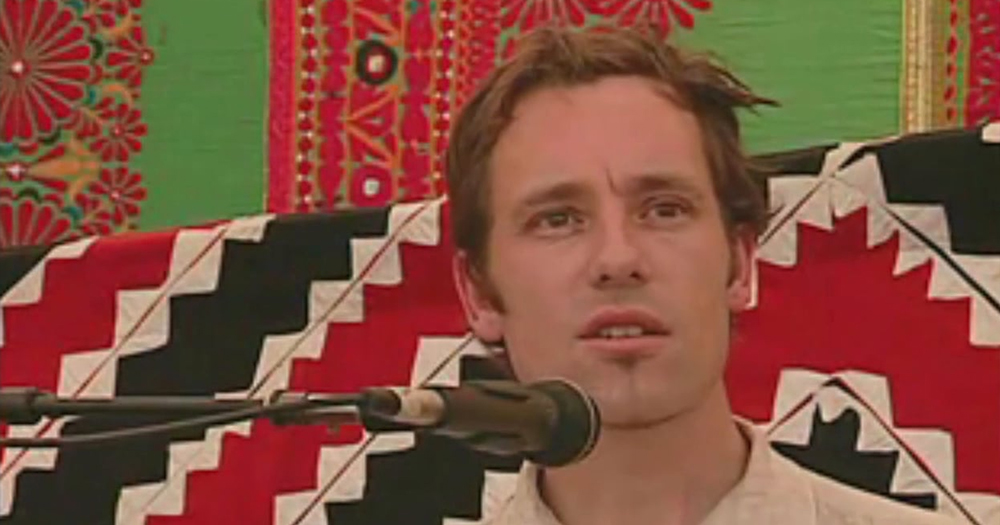
Video: Mark van Tongeren, an ethnomusicologist specializing in Khöömei, gives a lesson.
Inuit
The Inuit are the indigenous peoples of northern Canada. Unlike Tuvan throat-singing, the Inuit form of throat-singing is practiced almost exclusively by women. It is also a more communal form of singing than the Tuvan variety, usually performed in groups of two or more women. Their technique relies more on short, sharp, rhythmic inhalations and exhalations of breath. It was traditionally used to sing babies to sleep or in games women played during the long winter nights while the men were away hunting. Throat-singing was banned in the area over 100 years ago by local Christian priests, but it is experiencing a recent revival, especially among younger generations who believe that learning it from their elders connects them with Inuit strength and tradition.
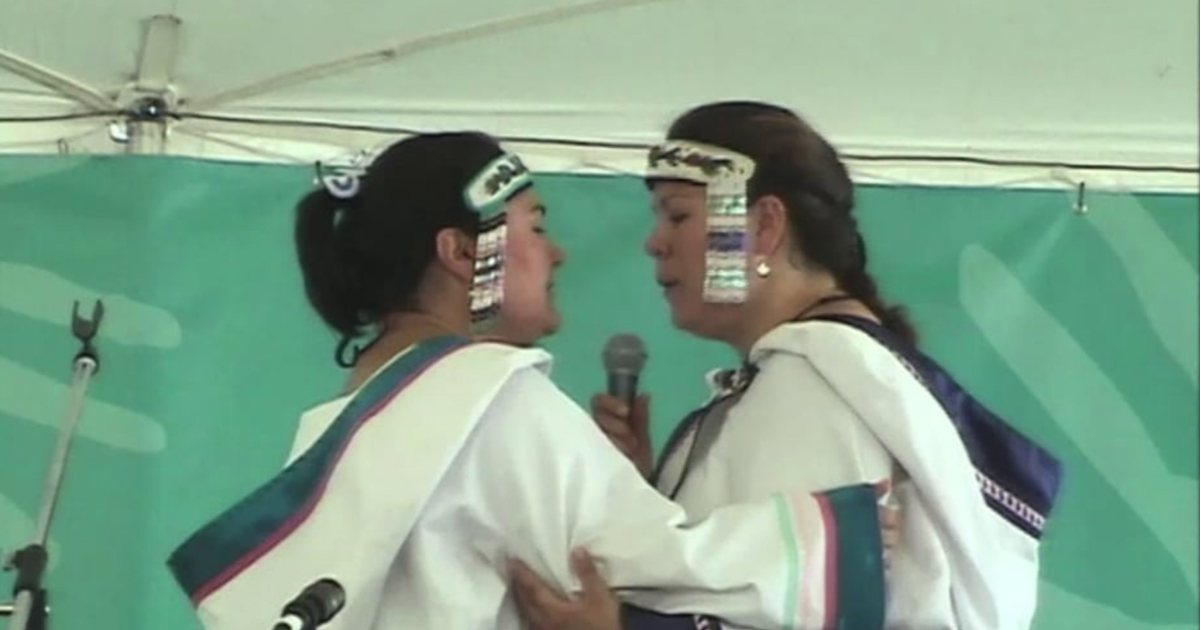
Video: Nukariik (Inuit) Sisters Karin and Kathy Kettler demonstrate traditional Inuit throat singing practiced by women in their community.
Xhosa
The Xhosa people of Bantu origins are indigenous to present-day southeast South Africa. Nelson Mandela and Desmond Tutu are famous Xhosa. The Xhosa people have a deep and unique style of throat singing, also called eefing. Two notes are produced one tone apart while higher tones embedded in overtones are amplified simultaneously. This low, rhythmic, wordless vocal style accompanies traditional call and response or group vocal songs. It also accompanies party songs and dances, adding a musical element that is distinctly Xhosa.


